Chinese-style roofing materials represent a unique combination of craftsmanship, tradition, and structural value. Known for their gracefully curved forms and rich symbolic designs, these materials are not only visually striking but also engineered to endure time and nature. They reflect centuries of cultural heritage while serving as reliable, functional components in both classical and contemporary buildings. Whether used in temple restoration, custom-designed homes, or architectural landmarks, they continue to inspire architects, designers, and homeowners seeking a blend of authenticity and performance.
How Chinese-style Roofing Materials Contribute to Architectural Excellence
1. Durability and Resilience
Weather Resistance:
The robust nature of glazed and clay tiles makes them highly resistant to the elements, including heavy rain, intense sunlight, and harsh winds. This resilience ensures the roof’s longevity, even in extreme weather conditions.
Fire Resistance:
With the incorporation of fire-resistant materials like ceramic tiles, Chinese-style roofs provide additional protection for buildings, reducing the risk of fire damage and promoting safer environments.
2. Iconic Architectural Style
Upturned Eaves:
Not only do these curved eaves contribute to the roof's beauty, but they also serve a functional purpose by allowing for water runoff and preventing rain from flowing down the walls. This unique design element adds both elegance and practicality to any structure.
Ornamental Elements:
Decorative motifs such as dragons, phoenixes, and lotus flowers are strategically placed on roof ridges and eaves. These elements are not just symbolic of power and good fortune, but they also contribute to the visual identity of the building.
3. Symbolism in Color
Vibrant Roof Colors:
The colors of Chinese-style roofing tiles are rich in meaning. Yellow represents imperial power, green is often associated with peace and longevity, and blue symbolizes tranquility. These color choices help convey the cultural significance of the structure and its purpose.
Cultural Connection:
Each tile and ornament is a reflection of the region, era, and function of the building. Whether used in a temple, palace, or private residence, the colors and symbols reinforce cultural values and traditions.
4. Versatility Across Applications
Traditional Temples and Palaces:
The grandeur of Chinese-style roofs can be seen in the majestic temples and palaces of ancient dynasties, where the combination of form, function, and symbolism served both practical and ceremonial purposes.
Modern Uses:
Today, Chinese-style roofing materials are often integrated into contemporary buildings, resorts, and garden pavilions, creating a harmonious blend of traditional design with modern architecture.
Types of Chinese-style Roofing Materials and Their Applications
Chinese-style roofing materials are diverse, each with unique characteristics that serve specific architectural and functional purposes. These materials are crafted with an understanding of both aesthetics and durability, combining tradition with modern demands. Below are the most common types of Chinese-style roofing materials and their specific uses:
1. Glazed Roof Tiles
Description:
Glazed tiles, often seen in ancient palaces and temples, are ceramic tiles that are coated with a shiny, glass-like finish. This glaze provides additional protection against water absorption, making the tiles highly resistant to weathering.
Applications:
Glazed tiles are commonly used for large-scale traditional buildings, such as temples, pavilions, and imperial palaces. They are available in vibrant colors like yellow, green, and blue, each representing specific cultural or imperial significance.
Benefits:
Enhanced durability and weather resistance
Provides an elegant and polished finish
Excellent for creating striking visual effects on rooftops
2. Clay Roof Tiles
Description:
Clay tiles are one of the most traditional materials used in Chinese architecture. Made from natural clay, they are fired to create durable and strong roofing materials that can withstand the test of time.
Applications:
Clay tiles are often used for residential buildings, garden pavilions, and smaller structures. They are preferred for their natural aesthetic and earthy tones that blend well with both modern and traditional landscapes.
Benefits:
Eco-friendly and sustainable material
Natural insulation, keeping homes cooler in summer and warmer in winter
Excellent fire resistance and longevity
3. Wooden Roof Beams and Supports
Description:
In traditional Chinese roof construction, wooden beams are often used to support the roof structure. These beams are made from high-quality timber and feature intricate joinery techniques, such as mortise and tenon joints, that allow for flexibility and durability.
Applications:
Wooden roof beams are typically used in the structural framework of larger buildings, such as temples, ancestral halls, and historic houses. They are also a key feature in garden pavilions and smaller decorative buildings.
Benefits:
Strong and flexible, ideal for large roof structures
Adds an authentic, natural aesthetic to the design
Offers superior load-bearing capacity and long-lasting support
4. Metal Roof Tiles
Description:
Metal roof tiles, typically made from copper or steel, are a modern adaptation of traditional Chinese-style roofing. These tiles mimic the appearance of classic glazed or clay tiles but offer enhanced strength and weather resistance.
Applications:
Metal roof tiles are often used for new construction projects or in situations where durability and ease of maintenance are critical. They are popular for modern homes, offices, and resorts looking to incorporate Chinese-style elements with contemporary materials.
Benefits:
Lightweight and easy to install
Highly resistant to corrosion and extreme weather conditions
Provides a sleek, modern appearance while maintaining traditional style
5. Stone Roof Tiles
Description:
Stone tiles are sometimes used for roofing, especially in regions with abundant natural stone resources. These tiles are thick and durable, offering an earthy, rustic look that blends seamlessly with natural surroundings.
Applications:
Stone roof tiles are typically seen in rural or heritage-style buildings, particularly those situated in mountainous or rocky areas. They are also used in traditional garden spaces and eco-friendly structures.
Benefits:
Offers a natural, textured finish that enhances the aesthetic of the building
Extremely durable and resistant to environmental elements
Eco-friendly, as they are made from natural, locally sourced materials
Applications of Chinese-style Roofing Materials in Modern and Traditional Architecture
Chinese-style roofing materials are not only deeply rooted in history but also continue to be integral to both modern and traditional architectural designs. Their versatility allows them to be adapted for various applications, preserving cultural significance while meeting contemporary needs. Here’s a look at how these materials are utilized across different architectural projects:
1. Traditional Architecture
Temples and Religious Buildings:
The use of Chinese-style roofing materials, particularly glazed and clay tiles, is essential for traditional religious structures such as Buddhist temples, Taoist shrines, and pagodas. The upturned eaves and ornate decorative elements like dragons and phoenixes symbolize protection and spiritual significance. These roofs are designed to withstand the test of time, ensuring that sacred spaces remain functional and aesthetically compelling for centuries.
Historical Residences and Palaces:
Ancient royal palaces and residences often feature intricate wooden beams and glazed tiles. These materials help maintain the grandeur and cultural symbolism associated with imperial architecture. The roofs' vibrant colors and decorative motifs add to the majestic atmosphere, reflecting the importance of the structure within the social hierarchy of historical China.
Garden Pavilions and Ancestral Halls:
Smaller traditional structures like garden pavilions or ancestral halls often employ clay tiles and wooden roof beams. These spaces are designed to harmonize with nature, with roofing materials enhancing the serene, peaceful ambiance. Wooden beams, in particular, create a connection between the natural environment and architectural design, forming an integral part of the overall aesthetic.
2. Modern Architecture
Cultural and Civic Buildings:
Chinese-style roofing materials are being incorporated into modern civic and cultural buildings, including museums, cultural centers, and libraries. Here, the traditional elements such as upturned eaves and symbolic decorations are combined with modern construction materials, creating a fusion of the old and the new. This architectural approach not only preserves cultural heritage but also brings a unique identity to modern structures.
Contemporary Residential Projects:
Many modern homes, especially those in urban areas, are incorporating elements of Chinese-style roofing. The use of metal roof tiles or modern clay tiles provides durability while maintaining aesthetic appeal. Designers often use these materials in combination with glass, steel, and other modern building components to create a seamless integration of traditional and contemporary styles.
Resorts and Hotels:
Luxury resorts and hotels often feature Chinese-style roofing materials as part of their design to evoke tranquility and connection to nature. These materials are typically used in outdoor spaces like gardens, poolside pavilions, and courtyards to provide a calm, elegant atmosphere that resonates with guests seeking a cultural experience. The vibrant colors and distinctive shapes of the roofs also contribute to the establishment's unique identity.
3. Eco-friendly and Sustainable Architecture
Green Roofs and Eco-Resorts:
As sustainability becomes a key consideration in modern architecture, Chinese-style roofing materials are often employed in eco-resorts and green buildings. Clay tiles and stone roof tiles are natural materials that contribute to the environmental integrity of a structure. Their durability reduces the need for frequent repairs, while their thermal insulation properties help in energy conservation.
Urban Landscaping and Public Spaces:
Chinese-style roofing can also be seen in parks, gardens, and public spaces. These materials, when used in pavilions or decorative structures, add an element of heritage and aesthetic beauty to urban environments. The use of traditional roofing techniques in public spaces bridges the gap between history and modernity, providing an enriching experience for visitors.
Benefits of Choosing Chinese-style Roofing Materials
Chinese-style roofing materials have gained recognition not only for their striking aesthetic appeal but also for their practical advantages. These materials blend tradition with modern functionality, making them an ideal choice for a variety of architectural applications. Whether you’re working on a traditional structure, a contemporary building, or a sustainable project, here are the key benefits of opting for Chinese-style roofing materials:
1. Cultural Significance and Aesthetic Appeal
Preserving Tradition:
Chinese-style roofing materials carry deep cultural and historical significance. The distinctive designs, such as the upturned eaves and dragon motifs, reflect traditional Chinese architecture, making them perfect for projects that seek to preserve or honor cultural heritage.
Visual Impact:
The vibrant colors of glazed tiles—such as yellow, green, and blue—create visually stunning roofs that add elegance and charm to any building. The artistic patterns and textures also enhance the overall aesthetic, giving buildings a unique and timeless look.
2. Durability and Longevity
Weather Resistance:
Chinese-style roofing materials, such as clay and glazed tiles, are highly resistant to harsh weather conditions. These materials are known for their durability and ability to withstand extreme temperatures, rain, and wind. As a result, they provide long-lasting protection for your building, reducing the frequency of maintenance and repairs.
Fire Resistance:
Many traditional Chinese roofing materials, especially clay and stone tiles, offer excellent fire resistance, making them a safer option for both residential and commercial buildings. This fire-resistant quality is particularly important in areas prone to wildfires or other fire-related risks.
3. Energy Efficiency and Natural Insulation
Thermal Insulation:
Materials such as clay tiles and stone provide natural thermal insulation, helping regulate the interior temperature of a building. During the hot summer months, they can keep the interior cool, while in winter, they help maintain warmth, leading to reduced energy costs for heating and cooling.
Eco-friendly Construction:
Chinese-style roofing materials, being made from natural resources such as clay, stone, and wood, are considered eco-friendly. These materials help in creating energy-efficient buildings that minimize environmental impact, making them ideal for sustainable construction projects.
4. Flexibility in Design and Application
Versatile for Various Building Types:
Chinese-style roofing materials can be used in a wide range of buildings—from traditional temples and palaces to modern residential homes and civic structures. Their versatility allows them to adapt to different architectural styles and building requirements.
Customizability:
Whether you're designing a roof for a small garden pavilion or a large-scale cultural building, Chinese-style roofing materials can be customized in terms of color, shape, and size to meet the specific needs of the project. This flexibility ensures that the roof complements the overall architectural vision.
5. Low Maintenance and Cost-effectiveness
Long-Term Cost Savings:
Due to their durability and low maintenance requirements, Chinese-style roofing materials can save you money in the long term. With proper installation and care, these materials can last for decades, reducing the need for frequent repairs or replacements.
Easy to Maintain:
The glazed surface of many traditional roofing tiles makes them easy to clean and maintain. Regular inspections and cleaning will keep the roof looking as good as new, while the materials themselves are resistant to mold, mildew, and water damage.
Installation and Maintenance of Chinese-style Roofing Materials
Chinese-style roofing materials offer both aesthetic beauty and functional durability, making them a great choice for many architectural projects. However, to ensure their longevity and maintain their impressive appearance, proper installation and regular maintenance are essential. Here's a guide to the installation and maintenance of Chinese-style roofing materials:
1. Installation of Chinese-style Roofing Materials
Proper installation is key to maximizing the lifespan and effectiveness of Chinese-style roofing materials. Follow these steps for a successful installation:
Step 1: Preparation of the Roof Structure
Inspect the Roof Deck: Before installation, ensure that the roof deck or structure is stable, level, and free of any defects. The surface should be able to bear the weight of the roofing materials.
Weather Protection: Make sure to install a layer of underlayment or vapor barrier to prevent moisture from entering the building. This protects the roofing materials from water damage and enhances the overall insulation.
Step 2: Setting the Roof Tiles
Tile Placement: Start at the bottom of the roof and work your way up. Arrange the tiles in overlapping rows to create a sealed, water-resistant surface. When using traditional clay or glazed tiles, it's essential to align them properly to ensure a smooth finish.
Eaves and Upturned Edges: One of the most distinctive features of Chinese-style roofing is the upturned eaves. Make sure the eaves are installed according to design specifications to provide the desired aesthetic and also enhance water drainage.
Tile Fixing: Secure the tiles to the roof structure using appropriate fasteners or hooks. Traditional Chinese roofs often use wooden or metal fasteners, while modern installations may use adhesives or clips.
Step 3: Installing Roof Decorations
Decorative Elements: Many Chinese-style roofs feature decorative motifs such as dragons, phoenixes, and other cultural symbols. These are often added as finishing touches after the primary roof tiles are in place. Ensure they are securely fixed to avoid damage from wind or weather.
Step 4: Ventilation Considerations
Ventilation System: Proper ventilation is essential to maintain the internal climate of the building and prevent moisture buildup in the attic. Install ridge vents or other forms of roof ventilation to ensure good airflow under the roof.
2. Maintenance of Chinese-style Roofing MaterialsTo ensure that Chinese-style roofing materials continue to perform well over time, regular maintenance is required. Here’s a guide to keeping your roof in optimal condition:
Step 1: Regular Inspections
Check for Damage: Inspect the roof regularly for signs of wear, damage, or cracked tiles. Early detection of issues such as leaks or damaged tiles can prevent costly repairs later on.
Look for Moss or Lichen Growth: Due to their porous nature, traditional clay tiles may attract moss, lichen, or algae. This growth can damage the tiles and cause them to deteriorate over time. Inspect the roof for any such growth and take appropriate action if necessary.
Step 2: Cleaning the Roof
Gentle Cleaning: Use a soft brush, broom, or low-pressure hose to clean the roof. Avoid using harsh chemicals that may damage the tiles or their glaze. For stubborn stains, consider using a mild detergent or a roof cleaner designed specifically for ceramic or clay materials.
Remove Debris: Clear any debris, such as fallen leaves, branches, or dirt, from the roof. Accumulated debris can trap moisture, leading to mold or rot, particularly along the eaves.
Step 3: Tile Repair and Replacement
Fix Loose Tiles: If any tiles are found to be loose or cracked, they should be replaced or repaired as soon as possible to prevent further damage. Be sure to match the new tiles to the existing ones in terms of style and color.
Seal Gaps: Over time, the mortar or sealant used to fix the tiles may wear down. Reapply mortar or sealant where necessary to prevent water from infiltrating the roof structure.
Step 4: Protect Against Weather Damage
Winter Care: In regions with harsh winters, ensure that snow and ice do not accumulate on the roof for extended periods, as this can add significant weight and stress to the structure. After a snowstorm, carefully remove the snow using a roof rake.
Sun Exposure: Extended exposure to intense sunlight can cause the glaze on some tiles to fade. If this is a concern, consider applying a UV protective coating to help maintain the roof’s color.
3. Tips for Prolonging the Life of Your Chinese-style Roof
Avoid Heavy Foot Traffic: Excessive walking on the roof can cause tiles to crack or break. Always use ladders or scaffolding to access the roof safely.
Regular Gutter Cleaning: Keep the gutters and downspouts clear of debris to ensure proper drainage. Clogged gutters can lead to water buildup on the roof, which could cause leaks or water damage to the roof materials.
Use Quality Sealants: Ensure that any sealants used for roof repairs or maintenance are of high quality and suitable for use with clay, ceramic, or glazed roofing tiles.
Why Choose Our Chinese-style Roofing Materials
Chinese-style roofing materials are a perfect combination of cultural heritage, functional performance, and aesthetic value. When choosing roofing materials, it’s essential to consider the balance between tradition, durability, and modern requirements. Here's why our Chinese-style roofing materials should be your top choice for your next construction project:
1. Rich Cultural Heritage and Timeless Aesthetic
Our Chinese-style roofing materials are designed with deep cultural significance, embodying centuries-old architectural techniques. The intricate details, such as upturned eaves, dragon motifs, and decorative tiles, not only enhance the visual appeal of your building but also bring a sense of cultural continuity to modern structures. Whether you’re working on traditional or contemporary projects, our roofing materials allow you to integrate a rich historical aesthetic into your design.
2. Exceptional Durability and Performance
We understand the importance of long-lasting performance, especially in roofing materials. Our Chinese-style tiles are made from high-quality materials like clay and glazed ceramics, offering exceptional weather resistance, durability, and fire resistance. These materials are well-suited to withstand extreme temperatures, heavy rainfall, and strong winds, ensuring your building remains protected for years to come.
3. Energy Efficiency and Sustainable Choice
Our Chinese-style roofing materials are naturally insulating, helping to maintain a comfortable temperature inside the building. They can keep your home or building cool during the hot summer months and warm in the winter, leading to potential savings on energy costs. Additionally, made from eco-friendly materials, these roofs contribute to sustainable construction practices, making them an excellent choice for environmentally conscious projects.
4. Easy Installation and Low Maintenance
Our roofing materials are designed for efficient installation. With their user-friendly design and ease of assembly, the process is straightforward and hassle-free. Once installed, these materials require minimal maintenance. Regular cleaning and occasional checks for damage are all that’s needed to ensure their long-lasting functionality, saving you time and effort over the years.
5. Customization for Every Project
We offer a wide variety of styles, colors, and designs in our Chinese-style roofing materials, ensuring that you can find the perfect match for your specific project. Whether you're looking for vibrant glazed tiles, traditional clay roofing, or custom motifs, we can provide tailored solutions to meet your needs. This flexibility makes our roofing materials ideal for both residential homes and large-scale commercial buildings.
6. Competitive Pricing for High-Quality Materials
While we prioritize quality, we also aim to offer cost-effective solutions. Our Chinese-style roofing materials provide excellent value for money, giving you access to top-tier products at competitive prices. We believe that quality should be accessible, and our pricing reflects that commitment.
Choose Excellence for Your Building Projects
Choosing the right roofing materials is crucial for the durability, aesthetics, and energy efficiency of your building. Our Chinese-style roofing materials offer the perfect blend of tradition, functionality, and modern performance. With our commitment to high-quality products, sustainable practices, and customer satisfaction, you can trust our roofing materials to meet the needs of your construction project.
For all your roofing material needs, consider Hangzhou Chuanya Building Materials Co., Ltd. We are dedicated to providing reliable, beautiful, and durable Chinese-style roofing materials that will elevate the design and performance of your building. Let us help you bring your vision to life with the best materials in the market!









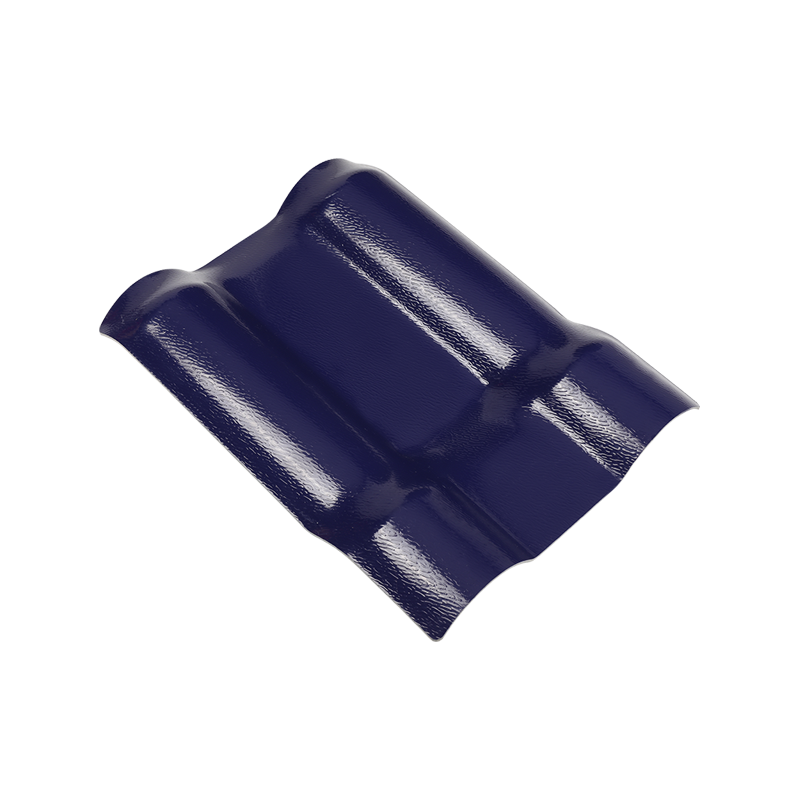
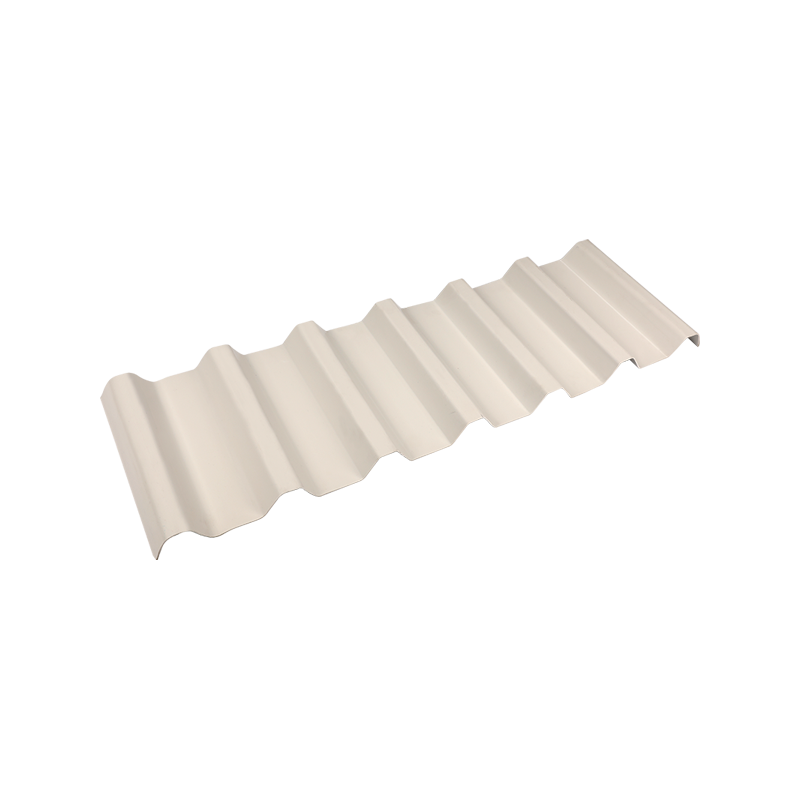
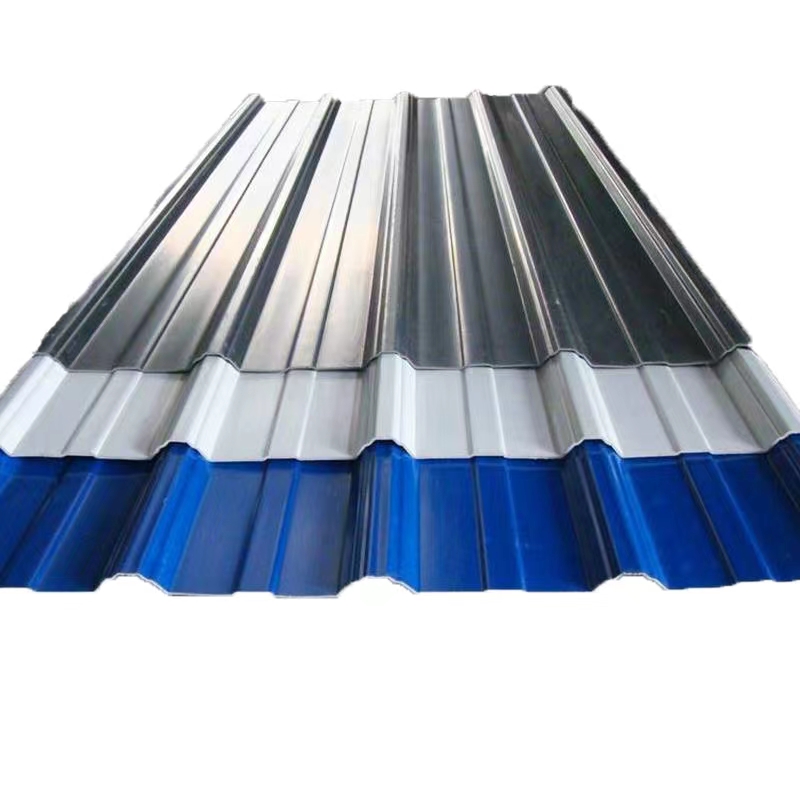
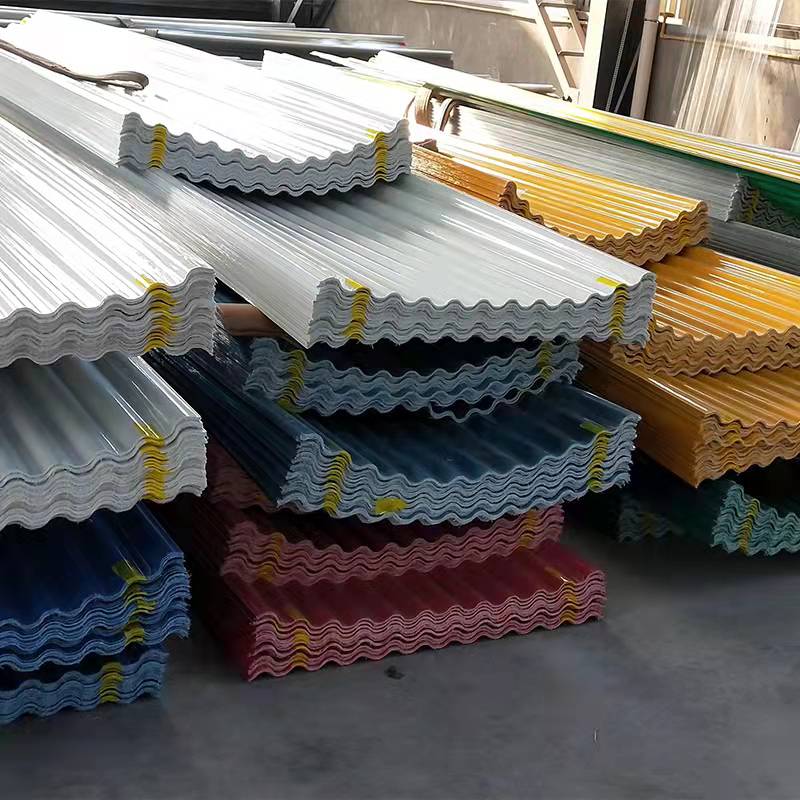
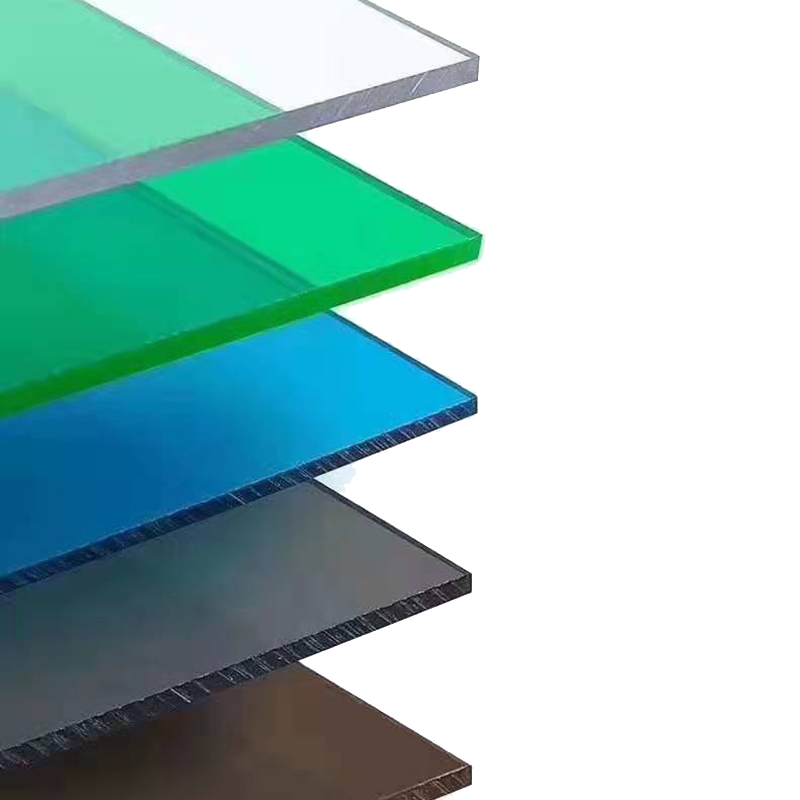
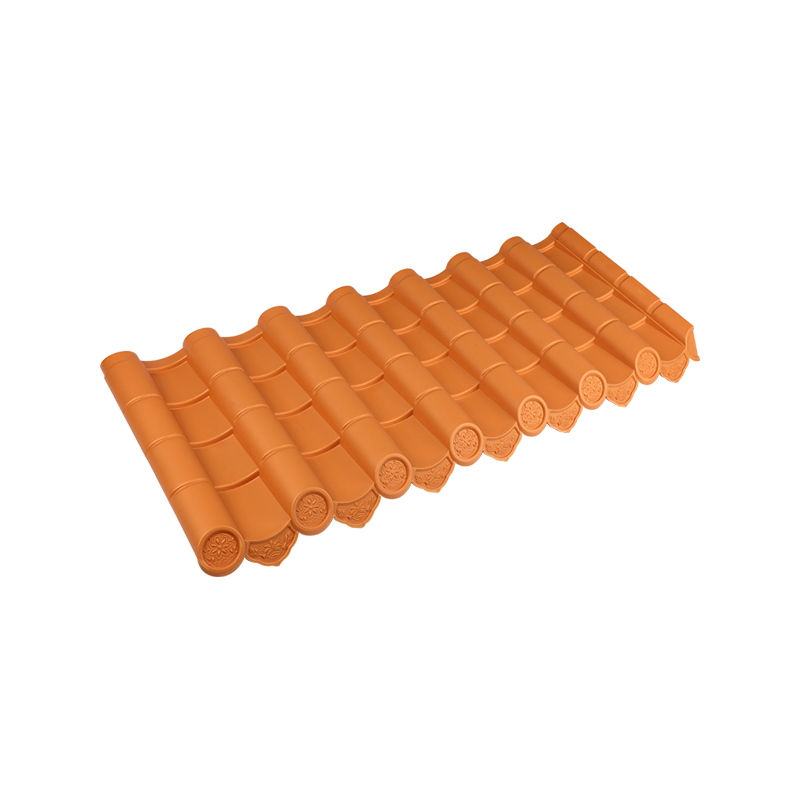
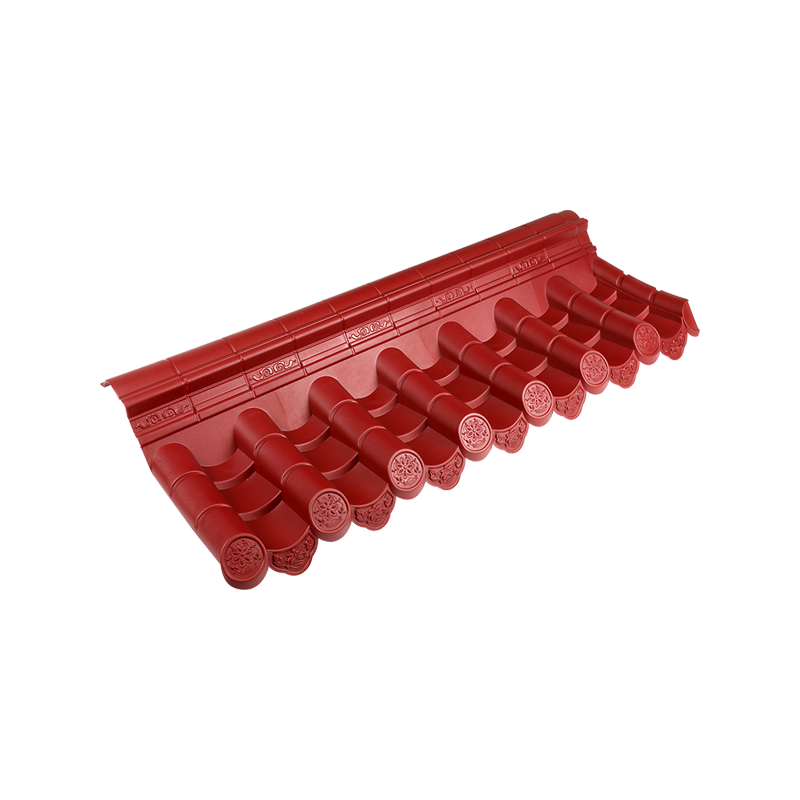


 Email:
Email: Phone:
Phone: Adress:
Adress: